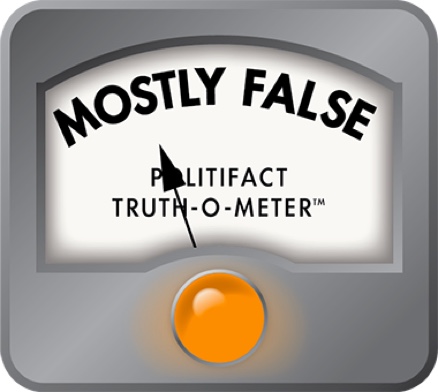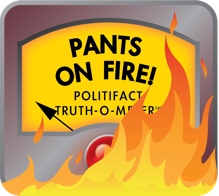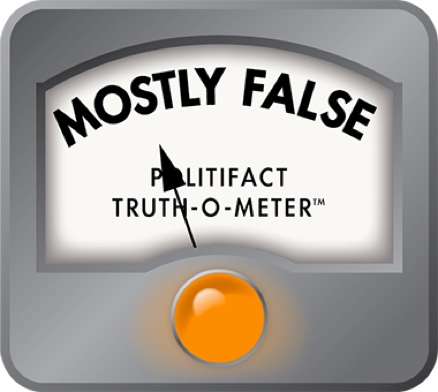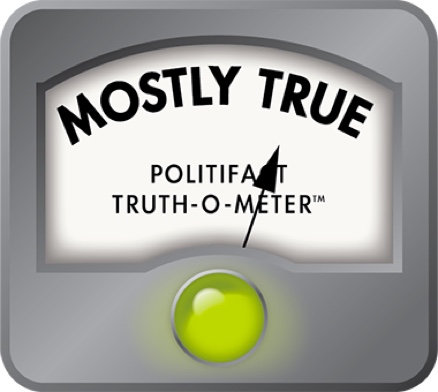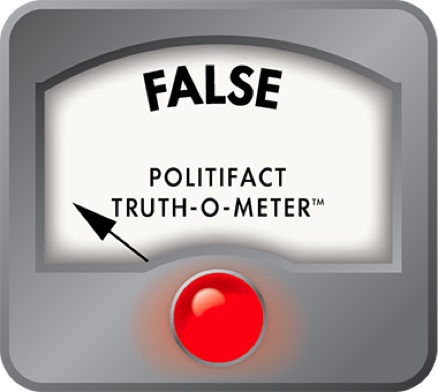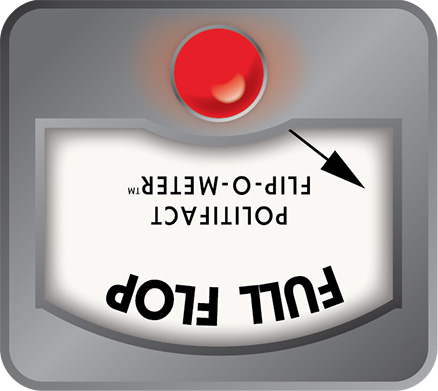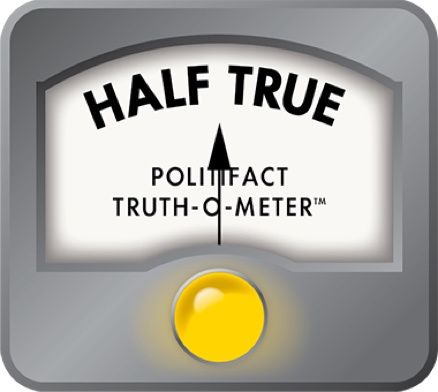Stand up for the facts!
Our only agenda is to publish the truth so you can be an informed participant in democracy.
We need your help.
I would like to contribute

Democratic vice presidential candidate Minnesota Gov. Tim Walz speaks during a campaign event in York, Pa., Oct. 2, 2024. (AP)
Fact-checking Gov. Tim Walz on Americans’ savings
If Your Time is short
-
A 2024 Forbes survey found that about 28% of Americans have less than $1,000 in savings.
-
Consumer financial services company Bankrate found in 2025 that most Americans do not have enough savings to meet expert recommendations of three to six months of living expenses, and many are financially vulnerable due to inflation and rising costs.
-
The Federal Reserve Bank’s most recent survey of consumer finances found that average Americans have $8,000 in their bank accounts at any given time.
As President Donald Trump’s tariffs dominated headlines, former Democratic vice presidential candidate Minnesota Gov. Tim Walz talked about his party’s messaging on the economy.
Many Americans have a sense of economic angst that the Trump campaign tapped into before the 2024 election, Walz told CNN’s Jake Tapper on April 6. Democrats, he argued, need to do a better job reaching those voters.
"They're concerned that their economic future is so precarious it could slip out from under them," Walz said. "Less than half of Americans have $1,000 in savings."
Research shows Americans do not feel financially stable, but Walz exaggerated the health of Americans’ savings accounts by giving the impression that nearly half have anemic reserves.
Walz’s team did not respond to PolitiFact’s request for comment. We found data on the topic in an August 2024 Forbes survey, which reported that the share of Americans with $1,000 or less in their savings accounts is closer to 28%.
Around one-third of Generation Z and millennials have less than $1,000 in their savings, the survey results showed. The number decreases for older generations: 27% of Generation X and 20% of baby boomers have less than $1,000 in savings. However, a little more than half of both generation groups reported having less than $5,000 saved.
Other surveys had similar findings.
The 2023 Federal Reserve Bank’s most recent consumer finance survey based on 2022 data concluded that Americans’ median value of savings that year was $39,000, not including equities and real estate . It also found that 99% of families had at least one bank account, stock, bond or other type of financial asset as savings.
The data did not control for savings accounts specifically. But in transaction accounts — which can include savings, checking and money market accounts — the median holding amount was $8,000.A February 2025 survey by Bankrate, a consumer financial services company, found that 40% of Americans said they would use their savings in the event of a $1,000 emergency expense — but that 41% wouldn’t have enough savings to cover the cost. It also found that about 37% of people dipped into their savings in the past year. Of that 37%, more than half withdrew more than $1,000.
Although Walz’s statistic is exaggerated, surveys corroborate the notion that Americans are struggling to save.
"We are essentially a paycheck-to-paycheck nation," Bankrate Senior Economic Analyst Mark Hamrick said in a press release. "Fewer Americans have the equivalent of a financial safety net to cover inevitable unexpected expenses, despite low unemployment and steady growth. This is one of the consequences of elevated prices stemming from inflation."
Forbes found that respondents cited the rising cost of living as the main reason they couldn’t save more.
Personal finance experts recommend saving at least three months’ of living expenses. Brookings Institution economist Gary Burtless said most advisers say a person’s emergency savings balance alone should be about three to six months of usual monthly spending.
Bankrate found that 41% of Americans have at least three months’ worth of expenses in savings.
Our ruling
Walz said, "Less than half of Americans have $1,000 in savings."
The percentage of Americans with $1,000 or less in savings accounts isn’t close to half. A 2024 Forbes survey found it's 28%, or closer to one quarter.
Other recent data from Bankrate and the Federal Reserve paints a rosier picture of Americans’ financial savings than Walz did, but personal finance experts say most Americans do not have enough savings.
Walz’s statement has an element of truth but his numbers are inaccurate. We rate his claim Mostly False.
CORRECTION, April 23, 2025: The headline on an earlier version of this fact-check inaccurately summarized Gov. Tim Walz’s statement. We corrected the headline.
Our Sources
CNN, State of the Union with Jake Tapper, April 6, 2025
Email interview, Dr. Gary Burtless, Senior Fellow Emeritus in Economic Studies at the Brookings Institution’s Center for Economic Security and Opportunity, April 14, 2025
Bankrate, Bankrate's 2025 Emergency Savings Report, March 26, 2025
Federal Reserve Board, Changes in U.S. Family Finances from 2019 to 2022, October 2023
Forbes, American Savings By Generation: How Balances And Goals Vary By Age, Aug. 15, 2024
Bankrate, Americans Backtrack: Just 41% Say They Could Pay A $1,000 Emergency Expense From Their Savings, Jan. 23, 2025
American Banking Journal, Survey: One in four Americans have less than $1,000 in savings, Aug. 20, 2024
Motley Fool, The Average Savings Account Balance, Feb. 11, 2025
Vanguard, Emergency fund: Why you need one, Jan. 6, 2025
Econofact, Fact Check: Do a majority of Americans have less than $1,000 saved?, March 11, 2025
Browse the Truth-O-Meter
More by Claire Cranford
Fact-checking Gov. Tim Walz on Americans’ savings
Support independent fact-checking.
Become a member!
In a world of wild talk and fake news, help us stand up for the facts.



